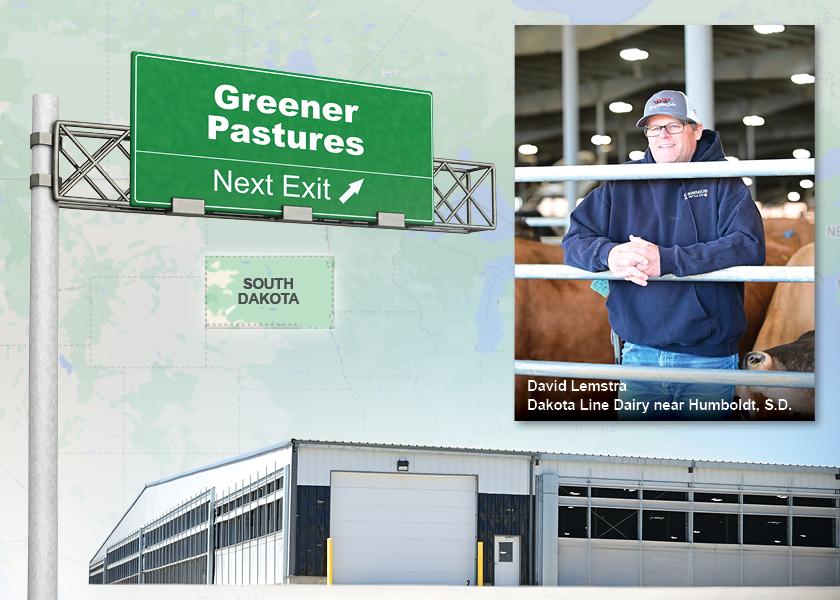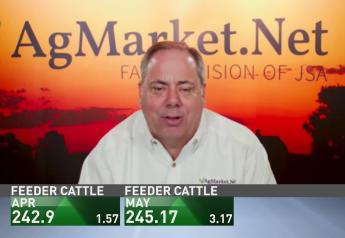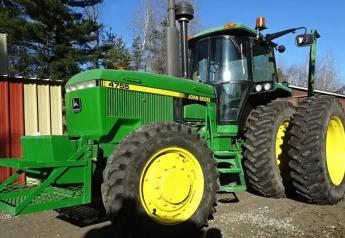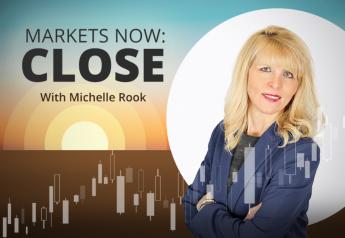All Signs Lead to South Dakota

From labor to rising input costs to tight margins, the list of challenges producers face is endless. However, when it comes to their biggest challenge, regulatory pressure is likely at the top of the list.
Out west, in states such as California, the dairy industry has been impacted by overtime labor rules, rigorous permitting processes and the shortage of water. As a result, cows are migrating toward the center of the country.
“That’s where the dairy processing capacity expansion is primarily happening, and that’s where the cows are heading,” says Roland Fumasi, head of RaboResearch Food & Agribusiness for North America. “It’s being driven partially by all the water challenges in the west.”
But where are the cows going? According to the latest March USDA Milk Production report, South Dakota continues to show impressive growth in terms of dairy cattle. The state added another 13,000 cows and 24 million pounds of milk year-over-year.
The processing growth has led to opportunities not available in other regions, says Evan Grong, sales manager for Valley Queen.
“We anticipate growth in the I-29 corridor will be much slower in 2023 and 2024 as there are no plans for additional capacity,” he says.
“However, due to our expansion project, Valley Queen expects approximately 25,000 additional cows will be added in 2025 and 2026.”
Three Key Drivers
Grong says three main factors attract producers to South Dakota.
“We attribute the current and projected growth in the I-29 region primarily to access to feed production, abundant groundwater and dairy processing investments,” he explains.
South Dakota has grown in number of cows and in pounds of milk produced. Currently, the state has 150 permitted class A farms.
“Like many areas, we have seen a decline in the number of overall farms. But, we are unique in that our cow numbers have risen from fewer than 80,000 in the early 2000s to around 200,000 right now,” says Tom Peterson, executive director of South Dakota Dairy Producers.
Move to I-29
Dairy producer David Lemstra searched for the perfect place to milk cows for a decade. Three years ago, he and his family moved from central California, where they had dairied for more than 40 years.
“Three things led us to call South Dakota home,” he says. “Feed, permits and processing.”
The process to find a new place to milk cows wasn’t easy for Lemstra — it took nearly a decade of research.
“We looked at quite a few states,” he says, adding once they got serious, Iowa and South Dakota floated to the top. Today the Lemstras milk 4,000 cows near the Sioux Falls area and ship to Agropur.
Regulatory Pressures
Lemstra moved east for several reasons, including California’s long-term drought and poorly managed state resources.
“A combination of a lot of poor decisions and poor state political management played a factor in our decision to move,” he says.
Labor is another challenge dairy producers face in the Golden State, but Lemstra discovered the labor situation in South Dakota to be much better.
“Some of the locals say labor is very hard, but they don’t know how hard it can potentially get,” he says. “Out here, there are employees who want to work on farms.”
Lemstra believes South Dakota is set up as a business-friendly state.
“California has the table tilted toward the employee, and the employer must manage through the regulations,” he says, sharing California’s overtime rule added insult to injury.
“It’s not one blow that took us out of California,” he says. “It was death by 1,000 cuts.”
Learning Curve
A big adjustment for Lemstra and his family has been getting used to milking cows in South Dakota’s varying temperatures.
“From severe heat to severe cold to everything in between, this is a new learning curve for us,” he says. “We relied on people who were here already to copy dairy facility designs.”
In South Dakota, Lemstra has agreements with local farmers to grow feed for his dairy.
“I don’t have to worry about that,” he says.
Although, the biggest catalyst that ultimately drove Lemstra and his family to South Dakota was schools and churches.
“We hold those very high, and that was one of the reasons we moved to this area,” he says. “The South Dakota, Iowa and Minnesota dairy community is a fun and tight-knit community.”
Plans for Growth
It’s hard to believe not many years ago, South Dakota wasn’t included in the top 20 dairy states in the country. Today, the I-29 corridor is bustling with cows and a supportive infrastructure that embraces growth.
“We’ve been building up to it to this point, but it comes down to the business-friendly climate that South Dakota has extended to the dairy industry and to all of ag,” says Deb Wehde, a field representative with Agropur. “This has allowed the industry in our state to grow and thrive.”
In 2019, Agropur tripled the size of its Lake Norden, S.D., plant, going from 3 million pounds to 9 million pounds. Wehde says Agropur conducts growth objective analysis to help meet their customer needs and understand their market needs in the future.
“We want dairy producers who are willing to partner with us,” she says. “We have environment, social and governance [ESG] principles, so we need good partners to help us achieve those goals.”
Another factor vital to growth is ensuring a good labor base, which Wehde says spells a win for everybody involved.
In South Dakota, she adds, the dairy industry works alongside the government to find solutions for sustainability goals rather than forcing burdensome regulations with negative impacts.
“We have a great relationship with our producers because we are working toward a common goal,” she says.
Like others, Wehde is optimistic about South Dakota’s dairy future but says economic factors, such as inflation, will impact future management decisions.
“What is inflation, and all these other pressures, going to do to us?” she asks. “Something bigger than the dairy industry itself can impact the industry.”
Travel through South Dakota and you can easily see the open land, which has access to water to grow feed and plentiful processing capacity for new milk. As a business-friendly state that supports dairy, South Dakota has certainly rolled out the welcome mat for producers.







